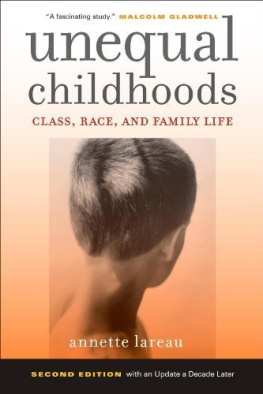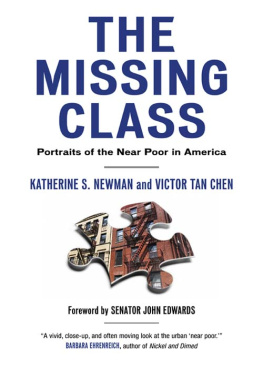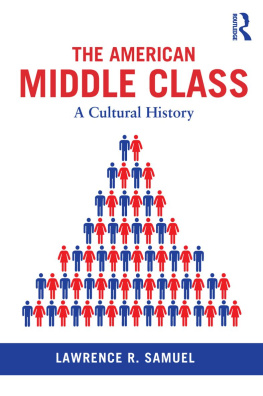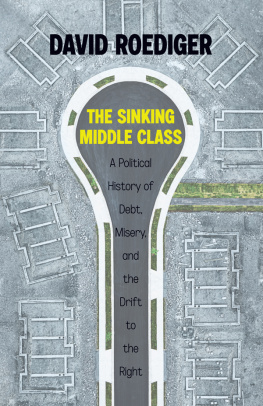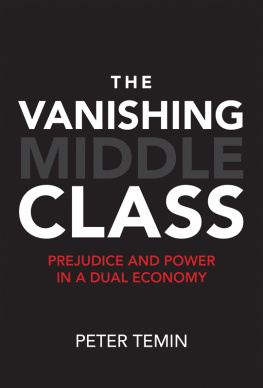Acknowledgments
I am very grateful to the children and their families who very graciously welcomed us into their lives, allowed us to follow them around, laughed at us and with us, and helped us understand them. Because of issues of confidentiality, I cannot name them. Nor do I feel I can adequately thank them. But without them this book would not exist. I am also indebted to the teachers and administrators at the schools we visited, especially the teachers who welcomed us into their classrooms. I also appreciate the numerous parents, coaches, dance teachers, and adults working with children who shared their experiences.
No one ever works alone in social science research. In this instance, since the project spanned a number of families as well as a number of years, I was blessed to have very talented assistance. I am deeply grateful to the field-workers, especially for how they gave themselves to the project in a wholehearted fashion. It was a lot to ask. The following research assistants did fieldwork with one or more of the twelve families: Mary Woods, Mimi Keller, Greg Seaton, Caitlin Howley, Robin Rogers-Dillon, Gillian Johns, Wendi Starr Brown, Mark Freeman, and Christine Paul. In addition, other research assistants helped carry out interviews: Karima Jefferies, Rashida Thomas, Kate Wilson, and at a late stage Mary Stricker, Janice Johnson, and Jennifer Murphy. Patricia Berhau played a special role with both her organizational talents and her formidable conceptual skills. She did everything: hired work-study students, talked on the phone with field-workers when I was out of town, and coded the data for all of the interviews. She also generously shared with me her interviews with some of the families for her dissertation and was a friendly, highly knowledgeable critic.
The Spencer Foundation generously funded this project. I am very thankful for the funding as well as the feedback and encouragement of the staff of the foundation. I am also grateful to the Alfred P. Sloan Foundation, particularly Kathleen Christiansen, for assisting with a writing grant at a crucial time. In addition, early on in the project, I received a National Science Foundation grant as well as support from Temple Grant-in-Aid, Southern Illinois University Grant-in-Aid, Temple Summer Research Fellowship, and the ASA/NSF small grant. Of course, the responsibility for any errors or omissions rests with me, not the sponsoring agencies.
At Temple University, I have benefited from the intellectual companionship of other members of the sociology department as well as key administrative support. Although the entire department has been helpful, David Elesh, Robert Kidder, Magali Sarfatti Larson, and Sherri Grasmuck each played a special role, as did Nikki Johnson, Sasha Sisser, and Maria Rosario. A number of people helped to liberate the data from tapes to transcripts. For their diligent work, I am obliged to Bernice Fischman, Amy Erdman, Abby Knerr, Irene Arnold, and Rebecca Raley. Also, Sue Tomlin, Paul Reed, Sarah Rose, and Valerie Johnson worked on the project at an early point.
Hugh Mehan deserves special thanks. He flew across the country to visit the project in the middle of the fieldwork and gave sage advice. Although he clearly thought I was crazy, he supported the project anyway. Aaron Cicourel gave me the original impetus for the work, and his work has provided a thoughtful model. The Center for Working Families, directed by Arlie Russell Hochschild and Barrie Thorne, gave me a vibrant intellectual home for a semester at the University of California, Berkeley, where I could try out my ideas. Anita Garey and Karen Hansen were especially helpful. Also during that period, Martin Sanchez Janowski was welcoming at the Center for Urban Ethnography.
The work also benefited from the feedback of a number of audiences when I presented findings at the University of California, Berkeley; the University of California, San Diego; the University of California, Davis; the Joint Center for Policy Research at Northwestern University; Princeton University; the University of Pennsylvania; University of Wisconsin, Madison; and, at an early point, the University of California, Los Angeles. My graduate class at Temple University read the manuscript and gave me numerous helpful suggestions. Donald Eckert and his class were also very helpful.
A large number of people talked about the project or gave comments on written work as I stumbled my way through. They include Michael Burawoy, Michelle Byng, Gretchen Condran, Paul DiMaggio, Frank Furstenberg, Flo Gelo, Arlie Hochschild, Trish Houck, Jim Houck, Mike Hout, Robin Leidner, Sam Kaplan, John Ogbu, David Minkus, Aaron Pallas, Jeff Shultz, David Swartz, Janet Theophano, Barrie Thorne, Gale Uchiyama, and Cathy and Tom Vigran. My sociology of education reading group has been helpful in countless ways. At the University of California Press, I benefited from the reviews and, especially, the assistance of Naomi Schneider.
For detailed comments on earlier drafts of the book, I am indebted to Donald Eckert, Anita Garey, David Karen, Paul Kingston, Demie Kurz, Michle Lamont, Kristine Lewis, Vincent Louis, Mimi Keller, Salvatore Saporito, Wes Shumar, Amy Steinbugler, Lisa Smulyan, Cathy Vigran, Dan Weinles, and Julia Wrigley. Elliot Weininger deserves special thanks for listening to me talk through my argument and for clarifying the ideas of the late Pierre Bourdieu. M. Katherine Mooney not only straightened out my grammar; she also offered valuable substantive feedback and professional help on the art of writing. Erin McNamara Horvat and Karen Shirley helped me in countless ways to bring this project to closure, reading the manuscript multiple times and offering patient and thoughtful advice. Bonnie Jeanne Casey, Elizabeth Freeman Fox, Joan-Erin Lareau, Lucille Lareau, and Anna Vigran graciously checked the proofs for errors. My eighty-three-year old mother, Anne K. Lareau, assiduously read the entire book manuscript, finishing it just a day before she died unexpectedly. It was the last of a lifetime of gifts she gave to me.
Writing a book has been known to induce crankiness and selfabsorption in the author. Perhaps it is for this reason that by tradition, in acknowledgments, children and spouses get the last word. In this realm of thanking family members, I have two favorites: One, said in jest, is something like, Without the constant nagging of my wife this book would have been done earlier and would have been better, too, and the other, more serious one, is, My husband deserves public acknowledgment for the gratitude he knows I feel. The humorous statement highlights for me the contradictory ways in which the effort needed to write a book is in mutual conflict with dynamics of family life. The demands of writing lead one to not be present at home, and the demands of family life can, at times, impede ones work. But family members also provide private sustenance; this support is critical.
I am grateful to my children by marriage, Dillon and Rachel Freeman, whom I met after the research was completed, for the ways in which they have added laughter and zest to my life. My biggest debt is to my husband, Samuel Freeman, for the many ways in which he supported me to help make this book come to pass even as we faced demandsand distractionsin our lives. In the clockwork of careers, wherein we are assessed according to our productivity, families are not really counted as a legitimate force. But to be speedy is not everything, or even, when all is said and done, much at all. To have the gifts of companionship, nurturance, and good humor in daily life, however, is quite a lot. I appreciate having them, and him, in my life.
Afterword
The children of Unequal Childhoods have grown up. They are scattered, not only to different cities, but to different positions within our countrys system of social stratification. In the five years since I followed up with the study participants, the gaps between them have continued to widen. Garrett Tallinger has recently started a career as an account executive. Alexander Williams is now in medical school. Stacey Marshall has left behind her plan to become a physician and is getting a doctorate in the humanities. Not all of the middle-class youth are professionals: Melanie Handlon is a hair stylist. But in most cases, the educational training of middle-class children has steered them toward spots in the top third of the income distribution. By contrast, none of the working-class and poor youth are employed in the professional sector. Billy Yanelli is a unionized painter, though he is currently jobless. Wendy Driver is a stay-at-home mom, supported by her husband, who is in the Navy. Harold McAllister is a waiter at a chain restaurant. Tyrec Taylor is looking for work. Katie Brindle, who had moved from cleaning rooms to working at the front desk of a hotel, was laid off with the recession. Her kids are with her ex-husbands parents, and she is now in Florida, working in a nightclub. Some of the working-class and poor youth are content and happy in their lives, but all of them face considerable economic strain. Unlike many youth from middle-class families, their opportunities for advancement are limited.

